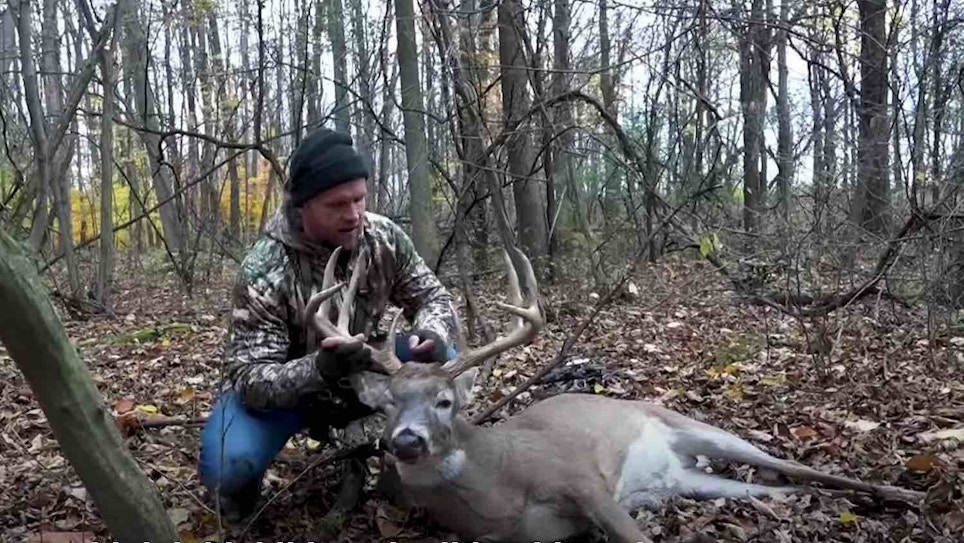In my opinion, when it comes to marginal hits on a deer, the most common phrase whispered in the whitetail woods is, “I hit too far back.”
Oftentimes that’s true, however, I’ve seen shots that were called “too far back” result in a quick kill. In such a scenario, the difference between a shot that’s quickly deadly and one that penetrates only the liver is the arrow’s impact point vertically on the animal.
By that I mean if a “too far back” arrow hits a deer quite high when shot from a treestand, then it’s likely to penetrate the rear of both lungs. However, if a “too far back” arrow from a treestand hits a deer lower, say on a line halfway between the deer’s bellyline and backline, or lower still, then the arrow won’t touch the lungs, it will hit only liver. Of course, if the arrow is way too far back, then it will strike only the paunch.
(FYI: I’ve written about this topic before. Click here to check out “Are You Aiming at the Wrong Spot on a Broadside Whitetail?”)
Unfortunately (my opinion), many so-called bowhunting experts today on YouTube and other online outlets preach the idea of aiming at a deer’s lower third in expectation of a deer jumping the string. They say aim for the heart. The reasoning is if the deer doesn’t drop, then your arrow impacts the heart, and if the deer jumps the string (its body lowers to the ground before fleeing), then your arrow will still hit the top of the lungs. The problem with this reasoning is it assumes you execute the shot perfectly. The heart is a small target, meaning you have almost no margin for error. If the deer is moving slightly (walking slowly), or is stopped but begins to take a step the moment you release the arrow, then you hit too far back and you have liver-only shot, and a long tracking job ahead.

I’m an advocate of bowhunters taking only close-range shots at unalert whitetails; 15 yards at a slowly walking deer is ideal. There’s no reason to stop a slow-moving deer with a bleat; doing so increases the chance of the deer jumping the string. From a treestand, aim high, at least mid-body high, and wait for the deer to be slightly quartering away to reduce the chance of hitting the shoulder blade. From a treestand, hitting too low and behind the heart will result in a single-lung or liver hit.
In the comments section for the Just Hunt Club YouTube video highlighted below, several hunters asked the host, Eric, to explain what he learned about arrow impact when field dressing his New York buck. (Viewing tip: Fast-forward to the 4:10-minute mark if you want to get right to the action.) As you’ll see, Eric is greatly troubled because of his high shot.
Eric wrote, “When we gutted the buck, the tops of both lungs were punctured. The deer ran about 200 yds. Thanks for watching!”
One reader said he figured that Eric had only a 5% chance of finding this buck. Reading their comments illustrated to me that whitetail anatomy isn’t well understood across the hunting community.






